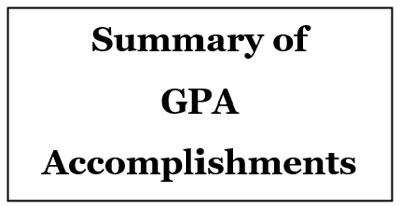A column by Howard Brown, widely acclaimed environmental and management consultant and GPA board member.
Preservation and Change.
I often hear people say that nothing ever changes around here. When I moved to Guilford in 1970, there was one traffic light. Route 1 was a rural road through open fields and woods. Most of the houses along the shoreline were uninsulated summer cottages. The population was about 8,000 and an acre of land was about $8000. Many of the houses in the center of town were in need of repair.
We often forget how many of the things we take for granted in our daily lives are actually new. The Connecticut Turnpike (now I-95) was only completed in 1958. Before that auto access to this town was all via Route 1, which more resembled Rt. 146 than its present incarnation with shoulders and modern lanes. Even into the 1950’s, many houses in town still didn’t have decent plumbing. For the residents of what is now the Griswold House, electricity was a single light bulb hanging from the ceiling.
Perhaps, most significantly, when I moved to the town in 1970, there was still very little public interest in municipal government and very little citizen involvement in town affairs. From an economic point of view, in 1970, Guilford was largely rural, just on the verge of a growth spurt that would change its character.
For all of the change and new prosperity, Guilford has managed to avoid many of the negative affects that befell towns along the I-95 corridor. Active citizenry helped channel development in relatively constructive ways, and that helped preserve and protect many of the community’s assets. Now, as the national economy has begun to slowly recover from a deep recession, and as development pressure spreads east from New York along I-95, the people of Guilford need to make new choices about what kind of town we want to live in, and how to channel the powerful economic forces of development in constructive ways to achieve our goals.
Local Economies and Responsible Development
Preservation and economic development are actually two sides of the same coin. In fact, historic and environmental preservalition are often key drivers of a healthy local economy. The term sustainable development, which has increasingly become a goal of communities across the country, is often defined as meeting the needs of the today’s citizens without compromising future generations’ capacity to meet their needs. This is an underlying principle of GPA’s work.
Effective economic development is about enhancing the the economic and social wellbeing of the people in a community by building an economy that is robust and can stay healthy even during booms and busts of larger economic cycles. Economists who study local economies look for many indicators of health and success. They tend to look beyond the common assumptions about commercial real estate development to understand what makes some communities thrive while others struggle with cycles of rising costs, rising taxes, declining municipal services and declining property values. One thing is clear, the towns that are the most attractive places to visit and live are neither hostile to development nor indifferent to their uniqueness. The communities that most people consider desirable are the ones with the wisdom to embrace yet channel development to enhance their uniqueness.
More than half of Guilford’s households have settled here since 1970. Most moved here from other places because the unique rural and historic village character of the town is still intact. GPA believes that the healthiest economic development should stem from policies and programs that build on the strengths that make Guilford a special and desirable place, rather than activities that make it more like every other place.
Guilford’s historic architecture and landscapes, its charming town center, its quintessential New England coastline, its farms and rolling hills in the north, and its extraordinary ecological diversity, are all features that contribute to its uniqueness. Though Guilford is geographically one of the largest towns in CT, nearly 18 of its 50 square miles are now protected open space with a growing network of nature trails and resources. It also has a blend of small retail shops, growing small businesses, and a burgeoning regional medical services and technology sector. We are the only town in Connecticut with two important highways (146 and 77) designated by the State as Scenic Roads. All of these assets represent important opportunities to encourage low impact tourism, and expand the health- and medical-related business environment.
Over the years, the GPA has helped preserve our architectural heritage—by securing national and regional recognition for it—and has worked to support open space preservation and protect small farms and local businesses. In the coming year, we will be using this site to share more information about our economic development initiatives, and we look forward to hearing your thoughts and ideas.
Howard Brown
GPA Board member



